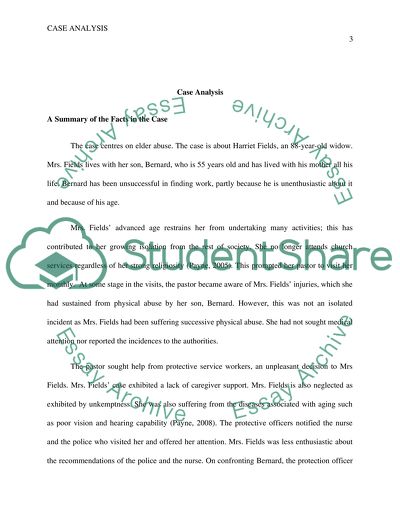Cite this document
(“Elder Abuse Assignment Example | Topics and Well Written Essays - 1750 words”, n.d.)
Retrieved from https://studentshare.org/other/1396803-case-analysis
Retrieved from https://studentshare.org/other/1396803-case-analysis
(Elder Abuse Assignment Example | Topics and Well Written Essays - 1750 Words)
https://studentshare.org/other/1396803-case-analysis.
https://studentshare.org/other/1396803-case-analysis.
“Elder Abuse Assignment Example | Topics and Well Written Essays - 1750 Words”, n.d. https://studentshare.org/other/1396803-case-analysis.


